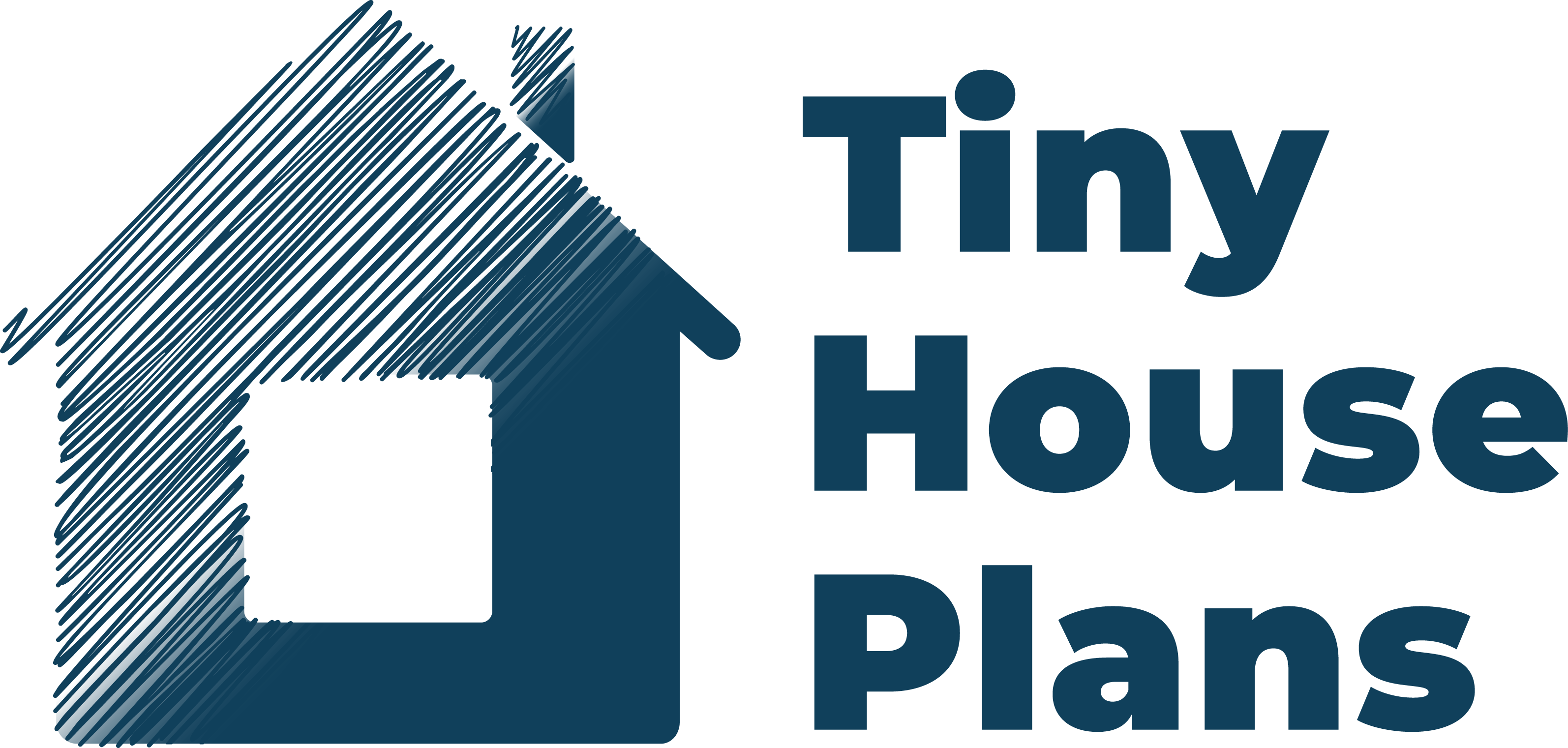Congratulations on your little bundle of joy! Have you started thinking about how to prepare your tiny home for your new baby? Considering 1 in every 10 births in the US is premature, it's wise to be prepared for any situation.
It's totally understandable if you're worried about space and providing a safe place for your preemie in your tiny home. But rest assured, with some thoughtful adjustments, you can create a safe and cozy haven for your baby.
Before we share tiny house modification tips for preemies, let's talk about something very important.
Risk of Infection in Premature Babies
Premature babies or neonates are more susceptible to infections such as sepsis since their immune system is still developing. Infections such as sepsis could lead to very dangerous complications in newborns, including tissue damage and even organ failure. Small homes make it much easier to be exposed to harmful germs due to space constraints and shared surfaces.
The risks don't stop with environmental factors. Formula feeding is a factor that can elevate the risk. For some moms, it is necessary because breastfeeding is not a choice. Note that not all formula milk is wholly safe for preemies. Certain cow's milk-based formulas, such as Enfamil for premature babies, have been associated with an increased risk of necrotizing enterocolitis (NEC).
NEC is a devastating intestinal disease that can lead to life-altering injuries or even death in these fragile babies. If your baby developed NEC after ingesting Enfamil premature infant formula, you can take legal action by filing an Enfamil lawsuit.
According to TorHoerman Law, NEC baby formula lawsuits are filed to hold formula manufacturers accountable for putting these vulnerable babies at a higher risk of NEC. Many firms offer free consultations to the parents of victims.
Tiny Home Upgrade Tips for Premature Babies
Since the COVID-19 pandemic, tiny-house living has seen a massive surge in popularity. What started as a minimalist lifestyle trend for millennials mostly quickly evolved into a beacon of hope amid America's housing crisis.
Now, while tiny houses are a great way to live a fuss-free life for single families, it's a whole different story when there's a baby on the way.
Rest assured, with the right strategies, your compact space can comfortably accommodate your little one. Here are five innovative tips to prepare your tiny home for a preemie:
Intelligent Space Planning
Think of how each space can be used for more than one thing. For example, pick a crib that converts to a bed as your baby grows or use storage ottomans to keep baby essentials hidden yet accessible. By choosing multi-functional furniture, you'll save space and keep your home looking neat.
Arrange furniture in such a way that it creates clear pathways, making it easy to move around safely with your preemie. Keep heavy items against the walls to free up floor space and reduce the risk of accidents. You can use vertical storage like shelves and hooks to organize toys, clothes, and supplies without hogging up valuable space.

Efficient Temperature Control
Due to having a relatively high body surface area, in proportion to their body weight, and weak thermoregulation, preemies are extremely sensitive to temperature changes. This may bring about complications such as hypothermia, which occurs when the core body temperature falls below 35.0 °C (95.0 °F).
Here are a few ways to protect your newborn from heat-related illnesses:
- Maintain a Steady Temperature: We recommend using smart thermostats to maintain a consistent indoor climate. For neonates, 68–73°F (20–23°C) indoor temp is considered ideal.
- Install Blackout Curtains: These help regulate the temperature by blocking out excess heat from sunlight during the day and keeping the room warmer at night. They also create a soothing environment for your baby’s sleep.
- Use a Humidifier: You should not let the air get too dry because your baby has very sensitive skin and a respiratory system. You want to keep the humidity level at 30-50%. It shouldn't be over 60%.
- Use Layered Clothing: Layer up, but don't go overboard. Ensure that the layers are easily added or removed if necessary. This will enable you to adjust their clothing according to the temperature in the room.
- Position the Crib Wisely: Place the crib away from windows, vents, and direct sunlight to avoid drafts that will cause sudden changes in temperature. Make sure there is no draft making its way into the nursery.
Hygienic Storage Solutions
Among the greatest challenges of caring for a baby in a tiny house is keeping things clean and orderly. Sealed bins for diapers, wipes, and other supplies are your best bet in this respect.
Make the most of free vertical space - install wall-mounted shelves to save floor space. Add hooks or pegboards near the nursery for easy access to blankets, pacifiers, and toys.
Incorporate under-bed storage or ottomans with hidden compartments to store bigger items like extra blankets or baby gear. This way, you can keep the essentials out of sight but still within reach when needed.
If you're buying new furniture, look for pieces with built-in storage, like a changing table with drawers, to keep everything in one place.
Finally, label all your bins and baskets so that you can find what you need in a hurry without losing your mind.
Create a Perfect Little Spot for Your Perfect Little One
It's okay to have your share of doubts about bringing up a premature infant in a tiny house. But guess what? Babies are a lot more resilient than we give them credit for. With your thoughtful planning and love, your small home can turn into a nurturing environment for your tiny human.
Moreover, by implementing these thoughtful changes, you are practically teaching your kid the value of being resourceful from day one. Isn’t that lovely?






Share: